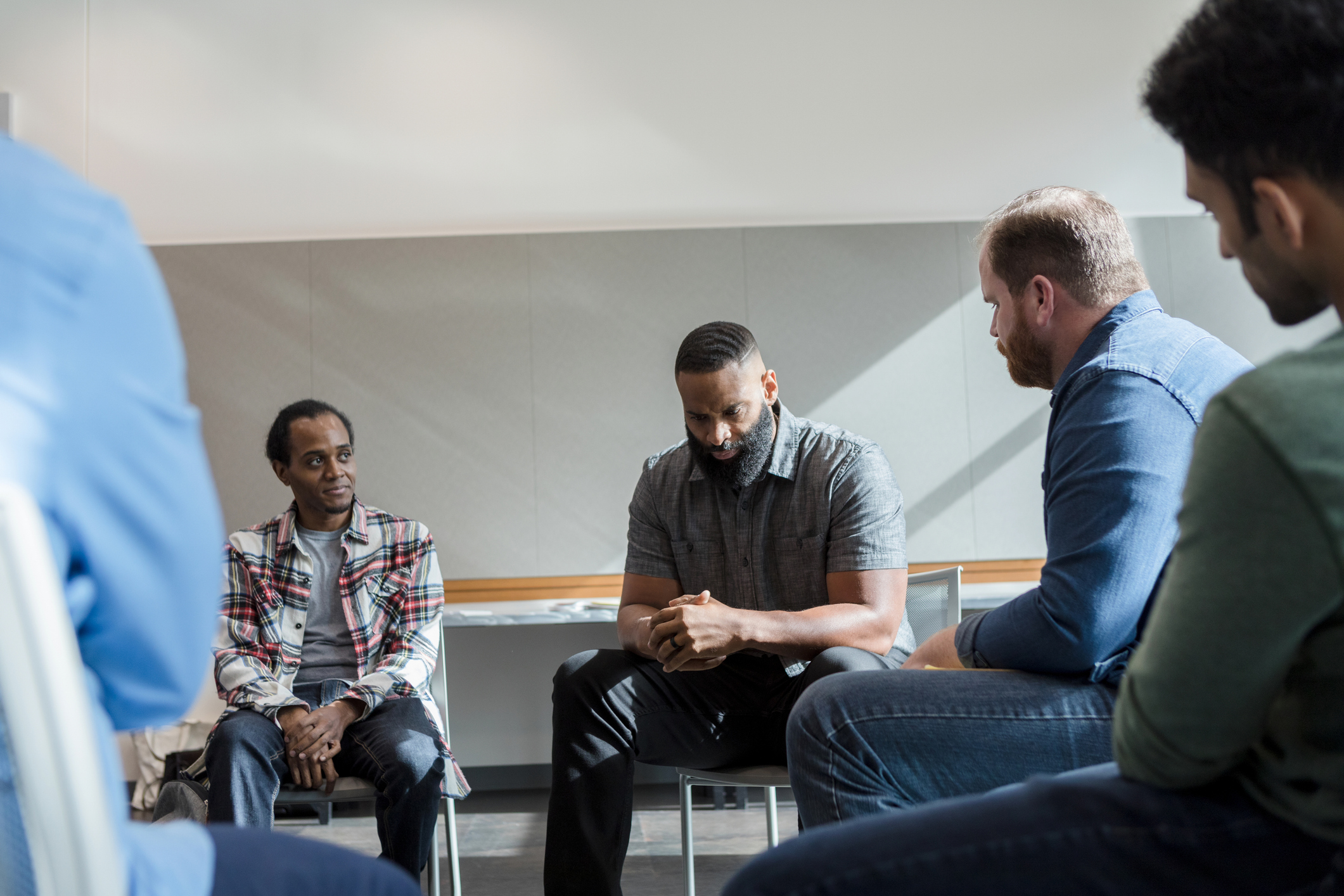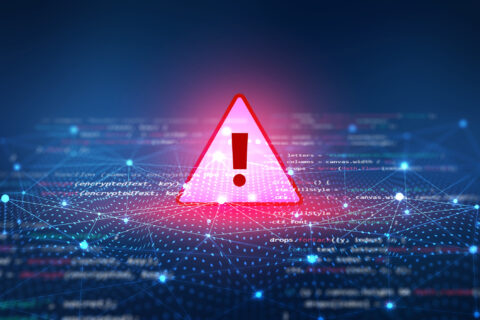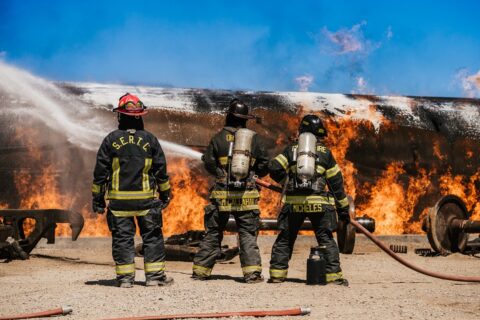In 2024, about 60 percent of Americans reported that “reducing crime” was among their top political priorities for the coming year. As municipalities around the country address crime and safety, they are turning to innovative, community-driven strategies to reduce violence.
National League of Cities (NLC) supports these efforts through the Municipalities Reimagining Community Safety (MRCS) Initiative launched in 2022, investing in local action to reduce and prevent violence while advancing new visions for safety in communities. The initiative specifically advances the work in cities to expand the use of civilian-led and community-based well-being and prevention-focused strategies, centering racial equity with an emphasis on engaging youth and those most impacted.
The MRCS Initiative provides funding, technical assistance and peer learning opportunities for five cities to expand their public safety ecosystems and creatively address crime in their jurisdictions. The MRCS Initiative will hold an open meeting on August 22nd focused on Group Violence Intervention, an impactful strategy to reimagine public safety. To learn about utilizing targeted and evaluated strategies to create community safety, register here.
What is Group Violence Intervention?
In Group Violence Intervention (GVI) programs, also called Group Violence Reduction Strategy (GVRS), key program stakeholders engage individuals on an interpersonal level to impede group violence (a “group” is any social network whose members commit violent crimes together, sometimes called “gangs,” “posses,” etc.). The GVI strategy relies on a three-prong approach: credible community members set community standards and norms of anti-violence; social service providers follow up to connect individuals to services; and law enforcement enforces punitive measures if the violence does not stop.
GVI programs utilize two main strategies to deliver this anti-violence message, offer services and outreach, and hear from law enforcement partners. Call-in meetings typically convene a group of individuals, while custom notifications rely on individualized, face-to-face interventions at one’s doorstep.
GVI draws on the framework of focused deterrence. Service providers offer social services and job opportunities as positive reinforcement for group members who step away from violence. At the same time, strict enforcement of the law serves as a deterrent by ensuring swift and certain punishment. Credible community members – oftentimes, the mother of a gun violence victim – complement this approach, offering a moral reason to step away from gun violence. Centering community-driven cooperation, these programs offer a support system for those who want to change. GVI has the potential to reduce homicides, shootings, revictimizations and re-offenses.
Boston’s Operation Ceasefire was the first GVI program of its kind, launched in 1996. This strategy relied on “problem-oriented policing” to address gun violence, specifically for juveniles and gang members. Boston’s Police Department built coalitions with county and state law enforcement, community churches and service providers to deliver a holistic anti-violence message and offer paths away from violence. The program was hailed as the “Boston Miracle:” Operation Ceasefire was associated with a 63 percent drop in monthly youth homicides and a decline in city-wide violence. It has served as a model for other cities implementing GVI programs to reduce crime.
Boston’s Operation Ceasefire GVI Program Was Associated With Substantial Reductions in Violence
REDUCTIONS IN VIOLENCE ASSOCIATED WITH IMPLEMENTATION OF BOSTON’S OPERATION CEASEFIRE PROGRAM IN 1996
Notes: Boston’s Operation Ceasefire, the first program of its kind, predates the Group Violence Intervention (GVI) terminology. Researchers evaluating Operation Ceasefire controlled for trend and seasonal effects to isolate the impact of the Operation Ceasefire program over its duration. Researchers compared the pre-intervention period (January 1991-May 1996) to the post-intervention period (June 1996-May 1998).
GVI In Action
Philadelphia, PA *
GVI Program: Launched in August 2020, Philadelphia’s GVI program primarily conducts custom notifications to connect with high-risk individuals. GVI teams deliver a three-prong anti-violence message from law enforcement, community voices and outreach services. Participants who accept services have immediate job opportunities and are offered wraparound services such as case management, education, therapy or other direct assistance as positive reinforcement for stepping away from violence. The program has primarily engaged with individuals who are predominantly low-to moderate-income, Black, male, and ages 19 to 40 years old.
By the numbers: From August 2020 through March 2024, the GVI program conducted 2,595 custom notifications, resulting in 403 candidates accepting services.
Outcomes: GVI participants have spoken positively about the program, citing trusting relationships with police and consistent support from GVI leaders. Police officers in the program noted that it was rewarding to see at-risk individuals have opportunities to make positive life changes through employment or taking advantage of services.
Evaluation demonstrated that more frequent engagement with the GVI program is associated with a greater reduction in violence: the program was associated with a 38.6 percent reduction in shootings per week for groups who participated in the program once per week and a 50.3 percent reduction in shootings for groups who participated with the GVI program twice per week.
Baltimore, MD **
GVRS Program: Group Violence Reduction Strategy (GVRS) is a core component of Baltimore’s Comprehensive Violence Prevention Plan. GVRS identifies prospective candidates who are most involved in and impacted by gun violence. Then, stakeholders make direct contact with candidates using the traditional custom notification strategy where credible community members and faith leaders offer moral anti-violence reasoning, service partners offer intensive life coaching and law enforcement holds participants accountable through the criminal justice system if violence does not end.
By The Numbers: GVRS initially launched in January 2022 as a pilot in the City’s Western District. Since then, GVRS has conducted 253 custom notifications in the Western District, resulting in 118 individuals accepting services to support them stepping away from group violence. From 2023-2024, the program has expanded through three additional Districts with goals for citywide expansion by 2025.
Outcomes: As of April 2024, 96.7 percent of GVRS participants have not recidivated and 95 percent of participants have not been revictimized.
Initial evaluation based on the first 18 months of the program reported that GVRS was associated with a 26 percent reduction in homicides and nonfatal shootings and a one-third reduction in carjackings in the Western District, with no evidence that these crimes moved to other parts of the city.
* Acknowledgements for contributions and review from Deion Sumpter, MSW., Director of Group Violence Intervention, Office of Violence Prevention, Philadelphia.
** Acknowledgements for contributions and review from Stefanie Mavronis, Director, Mayor’s Office of Neighborhood Safety and Engagement (MONSE), City of Baltimore.
Learning from Municipalities Reimagining Community Safety
Join NLC on August 22nd to learn more from key city leaders driving the MRCS Initiative. The event will focus specifically on GVI as a violence reduction strategy to make cities safer for all.









